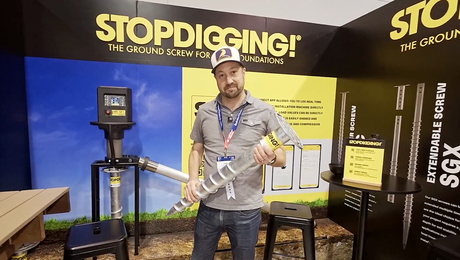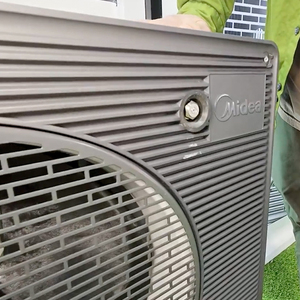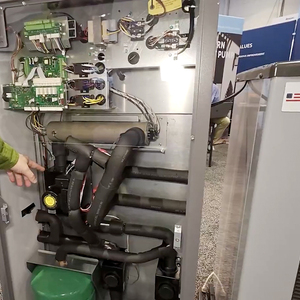I am redoing a shower in a place we are getting ready to sell, and today the helpful guy at the lumberyard set me up with the pex tools/fittings I need to put a new shower valve in.
Is it normal that the pex rotates on the fitting after crimping? I tried to pull it apart, no deal, but I am pretty surprised that it moves at all. Is this normal?



















Replies
Mine do, too. I asked the plumber and he said that was OK.
My comment was on a stub out for a sink. There are two sinks in the vanity (side by side) and this one was on a T. The line continued to the next sink where they just used the brackets that curve the Pex 90 deg.
I point out, "how will I be able to turn the shut off if the pex spins?". He said that the line leaving the shut off at 90 deg and going up to the fixture will prevent rotation.
He lives 2 doors down so my tail-light warranty is good at least until he moves away!
Adventures in Home Building
An online journal covering the preparation and construction of our new home.
Yeah the spinning is disconcerting, but as long as your crimper is properly calibrated its not a problem. It seems to take more than 60 psi to make the joints I have have forgotten to crimp leak, so as long as you are pressure testing I wouldn't worry.
I don't use the "crimp" tools, I predominantly use Uponor¯ which uses an expanding tool.
Yes those can spin for a little while after the ring has set, & if I try hard enough I can spin it months down the road.
Standard compression fitting will spin if you put some umph behind it.
It's not a big deal.
When asked why is there four engines on a 747------ "cause we couldn't fit six" a Boeing engineer
What's important with Pex assemblies is to make sure there is no strain at the pipe/fitting connection.
If you have to majorly push or shove one into line with the other prior to crimping, the resulting tension will remain and eventually - within months or a couple years - cause the fitting to crack.
There are purpose-made fittings, nailed to the framing, that allow pex pipe to round a harp bend without inducing strain in a nearby crimped connection.